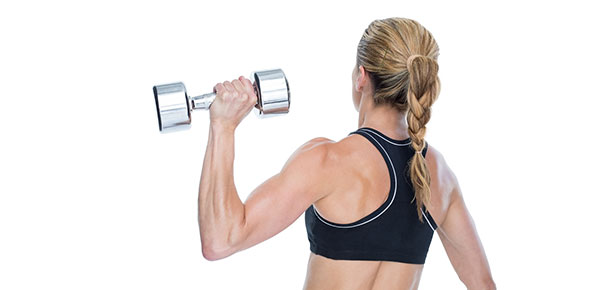Related Flashcards
Related Topics
Cards In This Set
| Front | Back |
|
A permanent maxillary central incisor, as compared with a maxillary lateral incisor in a proximal view, is:
a) thicker at incisal edge
b) identical at incisal edge
c) thinner at incisal edge
d) similar but smaller overall
|
A. thicker at incisal edge
|
|
Which of the following is not characteristic of the maxillary central incisors?
a) distal line angle that is shorter in the facial view than in the mesial view
b) rounded distoincisal angle
c) mesial line angle that is nearly straight
d) rounded mesioincisal line angle
|
D. rounded mesioincisal line angle
|
|
With normal wear, the incisal edge of maxillary incisors:
a) slopes up toward the facial side
b) flattens
c) slopes up toward the lingual side
d) becomes more rounded
|
C. slopes up toward the line side
|
|
The mesiofacial line angle of maxillary central incisors differs from the distal in that it is:
a) less rounded
b) longer
c) sharper
d) all of the above
|
D. all above
|
|
In contrast to the maxillary lateral incisors, the maxillary central incisors usually have how many pulp horns?
a) 1 or 2
b) 2 or 3
c) 3
d 4
|
C. 3
|
|
Which of the following anatomic features of the mandibular incisors provides evidence of the four developmental lobes of these teeth?
a. mamelons and faint developmental lines at eruption b. lingual pit, marginal ridges, and incisals edge c. mamelons, faint developmental lines at eruption, and cingulum d. incisal edge and lingual concavity |
C. mamelons, faint develomental lines at eruption and cingulum
|
|
The proximal contact area on distal surface of a mandibular lateral incisor is located incisocervically:
a. in the incisal third b. at the junction of the incisal and middle thirds c. just cervical to the junction of the incisal and middle third d. in the middle third |
A. in the incisal third
|
|
The structure of the mandibular lateral incisors. when compared with the mandibular centrals is:
a. identical but larger b. almost identical but smaller c. almost identical but larger d. the same |
C. almost identical but larger
|
|
The mesiodistal crown width of the maxillary lateral incisors, when compared with the central incisors is:
a. greater b. smaller c. about equal d. sometimes smaller but more often greater |
B. smaller
|
|
The distofacial line angle of maxillary lateral incisors, when compared with the maxillary central incisor is:
a. the same b. more rounded c. less rounded d. very straight |
B. more roeunded
|
|
Which is the more acute incisal angle on the maxillary central incisors?
a. facial b. mesial c. distal d. lingual |
B. mesial
|
|
In contrast to mandibular incisor, a maxillary incisor can be identified by wich of these?
a. its roated incisal edge b. central location of its cingulum c. prominent longitudinal grooves on the root d. prominent lingual features of the crown |
D. prominent lingual features of the crown
|
|
Where does the height of countour of the facial and lingual surfaces of anterior teeht occur?
a. mesial third b. incisal third c. middle third d. cervical third |
D. cervical third
|
|
Which anterior teeth have the most prominent and widest crown ( mesiodistally) in the permanent dentition?
a. maxillary canines b. mandibular lateral incisors c. mandibular canines d. maxillary central incisors |
D. maxillary central incisors
|
|
A more prominent cingulum is found on which tooth?
a. maxillary central b. mandibular central c. mandibular lateral d. maxillary lateral |
D. maxillary lateral
|




